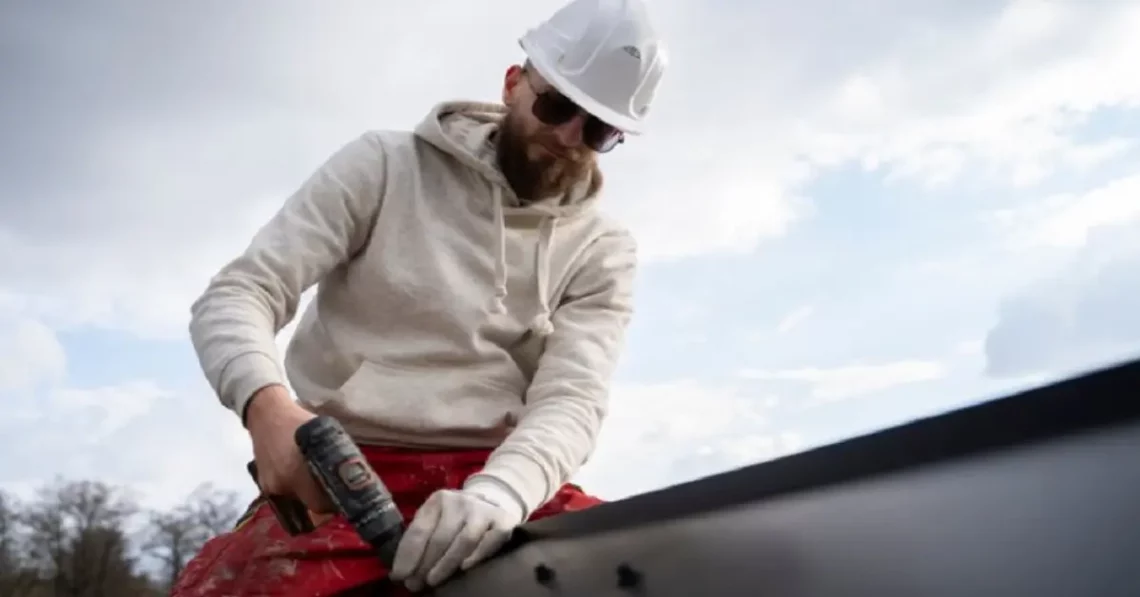Are you tired of shivering in the winter and sweating in the summer? Are you worried about your home’s safety during extreme weather conditions? Weatherproofing your home is a smart investment that can improve your comfort and protect your property.
In this guide, we will discuss the benefits of weatherproofing your home and provide practical tips on how to get started.
The Benefits of Weatherproofing
Weatherproofing refers to the process of making your home more resistant to natural elements such as wind, rain, snow, and extreme temperatures. By weatherproofing your home, you can enjoy the following benefits:
Improved Comfort
One of the main benefits of weatherproofing is improved comfort. By sealing any air leaks, you can prevent drafts and keep your home at a consistent temperature throughout the year. This means no more chilly drafts in the winter or hot spots in the summer. You’ll also enjoy better indoor air quality as weatherproofing reduces the amount of dust, pollen, and other outdoor pollutants that enter your home.
Energy Savings
Weatherproofing is also a cost-effective way to reduce your energy bills. By sealing air leaks and adding insulation, you can prevent heat loss in the winter and keep cool air inside during the summer. This means your heating and cooling systems won’t have to work as hard, resulting in lower energy consumption and savings on your utility bills.
Protection Against Weather Damage
Extreme weather conditions can cause significant damage to your home. By weatherproofing, you can prevent water leaks, mold growth, and structural damage caused by wind or heavy snow. This not only protects your property but also saves you money on costly repairs in the long run.
Getting Started with Weatherproofing
Now that you know the benefits of weatherproofing, here are some practical tips on how to get started:
1. Inspect Your Home
The first step in weatherproofing your home is to identify areas that may need attention. Walk around your property and look for any cracks, gaps, or holes where air or water can enter. Common areas to check include windows, doors, electrical outlets, and pipes.
2. Seal Air Leaks
Once you have identified the problem areas, the next step is to seal air leaks. You can use caulk or weatherstripping for smaller gaps while expanding foam insulation works well for larger openings. Don’t forget to check your attic and basement as these areas are prone to air leakage.
3. Add Insulation
Insufficient insulation can lead to significant energy loss and discomfort in your home. Consider adding insulation in your attic, walls, and floors to improve energy efficiency.
4. Maintain Your Roof
Your roof is one of the most critical components of weatherproofing your home. Make sure to inspect it regularly for any damage or wear and tear. If you need a new roof installation in West Jordan, be sure to hire a reputable roofing company with experience in weatherproofing.
5. Upgrade Your Windows and Doors
Old, single-pane windows and doors are a major source of energy loss. Consider upgrading to more energy-efficient options such as double or triple-pane windows and insulated doors. This will not only improve energy efficiency but also provide better insulation and soundproofing.
Conclusion
Weatherproofing your home is an investment that pays off in improved comfort, energy savings, and protection against extreme weather conditions. By following these tips, you can weatherproof your home and enjoy the benefits for years to come. Don’t wait until the next storm hits – start weatherproofing your home today and enjoy a more comfortable and secure living space.
Do you have any additional tips for weatherproofing your home? Share them in the comments below!
Read More: Why DIY Solar Panel Maintenance Isn’t the Best Approach





